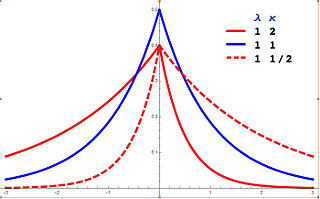Informal definition

The algebra is based on three symbols, , , and , that Hamilton described as "roots of unity", by which he meant that repeated application of any of them a particular number of times yields the identity, which he denoted by 1. Specifically, they satisfy the relations,
Hamilton gives one additional relation between the symbols,
which is to be understood as application of followed by application of . Hamilton points out that application in the reverse order produces a different result, implying that composition or multiplication of symbols is not generally commutative, although it is associative. The symbols generate a group of order 60, isomorphic to the group of rotations of a regular icosahedron or dodecahedron, and therefore to the alternating group of degree five. This, however, is not how Hamilton described them.
Hamilton drew comparisons between the icosians and his system of quaternions, but noted that, unlike quaternions, which can be added and multiplied, obeying a distributive law, the icosians could only, as far as he knew, be multiplied.
Hamilton understood his symbols by reference to the dodecahedron, which he represented in flattened form as a graph in the plane. The dodecahedron has 30 edges, and if arrows are placed on edges, there are two possible arrow directions for each edge, resulting in 60 directed edges. Each symbol corresponds to a permutation of the set of directed edges. The definitions below refer to the labeled diagram above. The notation represents a directed edge from vertex to vertex . Vertex is the tail of and vertex is its head.

- The icosian symbol reverses the arrow on every directed edge, that is, it interchanges the head and tail. Hence is transformed into . Similarly, applying to produces , and to produces .
- The icosian symbol , applied to a directed edge , produces the directed edge that (1) has the same head as and that (2) is encountered first as one moves around the head of in the anticlockwise direction. Hence applying to produces , to produces , and to produces .
- The icosian symbol applied to a directed edge produces the directed edge that results from making a right turn at the head of . Hence applying to produces , to produces , and to produces . Comparing the results of applying and to the same directed edge exhibits the rule .
It is useful to define the symbol for the operation that produces the directed edge that results from making a left turn at the head of the directed edge to which the operation is applied. This symbol satisfies the relations
For example, the directed edge obtained by making a left turn from is . Indeed, applied to produces and applied to produces . Also, applied to produces and applied to produces .
These permutations are not rotations of the dodecahedron. Nevertheless, the group of permutations generated by these symbols is isomorphic to the rotation group of the dodecahedron, a fact that can be deduced from a specific feature of symmetric cubic graphs, of which the dodecahedron graph is an example. The rotation group of the dodecahedron has the property that for a given directed edge there is a unique rotation that sends that directed edge to any other specified directed edge. Hence by choosing a reference edge, say , a one-to-one correspondence between directed edges and rotations is established: let be the rotation that sends the reference edge to directed edge . (Indeed, there are 60 directed edges and 60 rotations.) The rotations are permutations of the set of directed edges of a different sort. Let denote the image of edge under the rotation . The icosian associated to sends the reference edge to the same directed edge as does , namely to . The result of applying that icosian to any other directed edge is . [5]


































